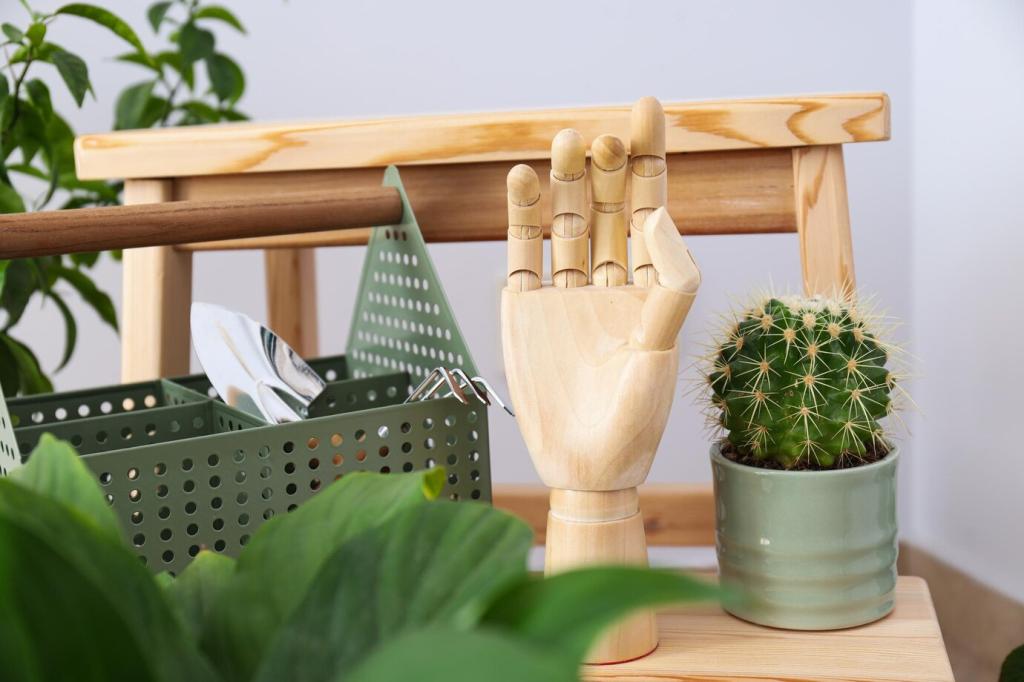Green Alternatives for Countertops: Beauty, Durability, and Responsibility
Why Sustainable Countertops Matter Now
Choose low-VOC sealers, urea-formaldehyde-free substrates, and inert surfaces that do not off-gas. In kitchens where steam, heat, and spills are constant, green countertops support cleaner air and easier breathing, especially for kids, pets, and allergy-prone guests who spend time around food preparation.
Recycled Glass Countertops
Crushed post-consumer glass is bound in a cementitious or resin matrix, forming a durable, non-wood surface. Cement-based versions are heavier and typically need sealing to resist stains, while resin-bonded tops offer vivid clarity. Use trivets for hot pots and cutting boards to preserve the polished surface.
Recycled Glass Countertops
Sunlight dances across embedded chips to create a lively, confetti-like shimmer. One coastal remodel mixed bottle greens and ocean blues, echoing sea glass collected on beach walks. The joyful energy made early breakfasts brighter, encouraging more home-cooked meals and slower, shared moments over coffee.


Paper Composite Surfaces
Layers of post-consumer paper are saturated with resin—now often partially bio-based—then pressed under heat to form a dense, stable slab. The result feels pleasantly warm to the touch, machines like hardwood, and delivers a sophisticated, low-sheen character that complements wood, tile, or painted cabinetry.
Reclaimed Wood and Bamboo

Seek FSC certification for new wood and provenance details for reclaimed stock, such as beams from barns or school gym floors. Bamboo, a fast-growing grass, can be a strong option when made with low-VOC adhesives. Ask suppliers about glue types, moisture content, and kiln-drying to ensure stability and safety.



